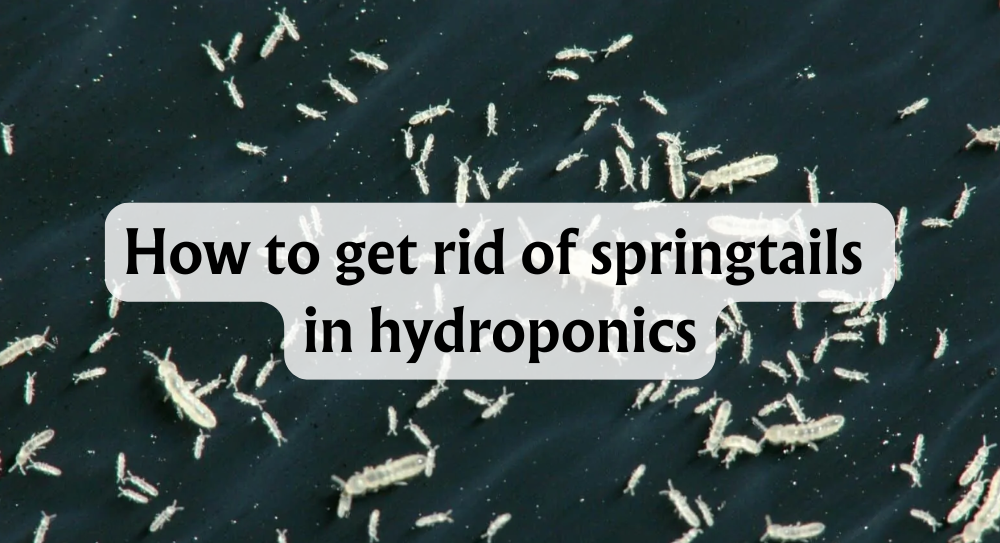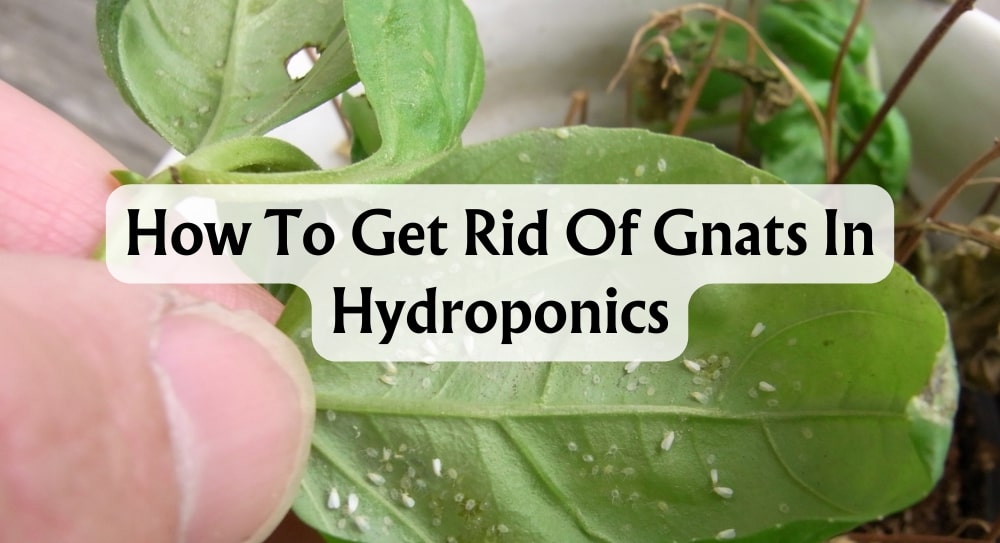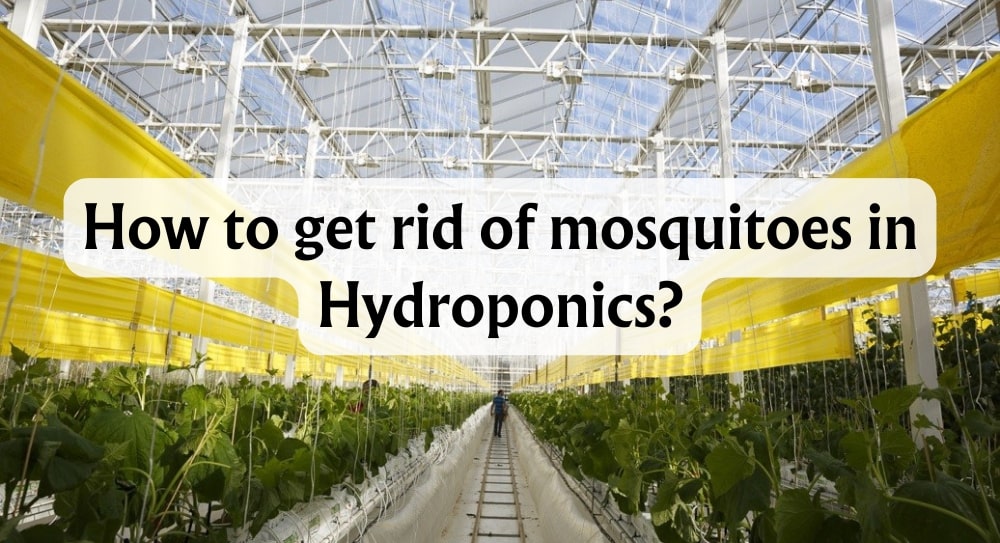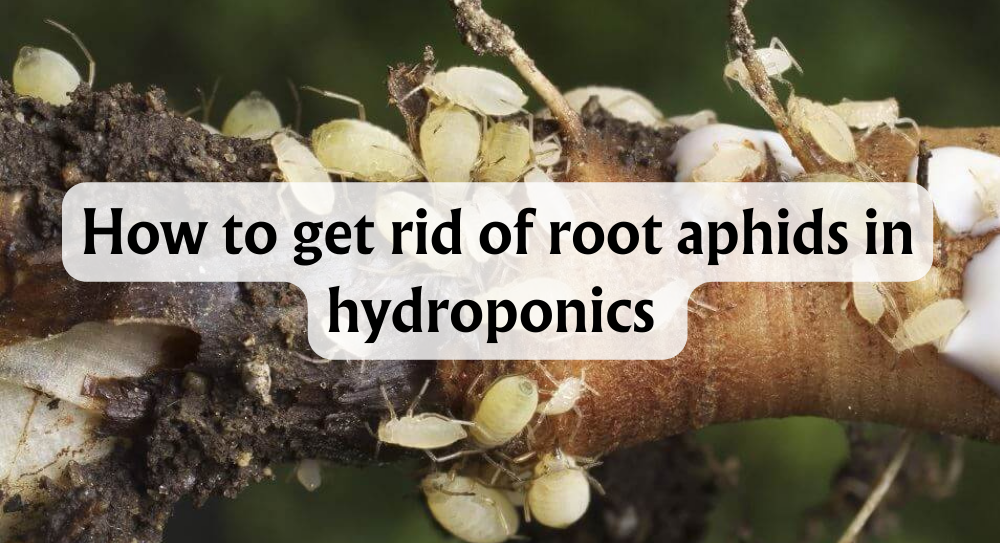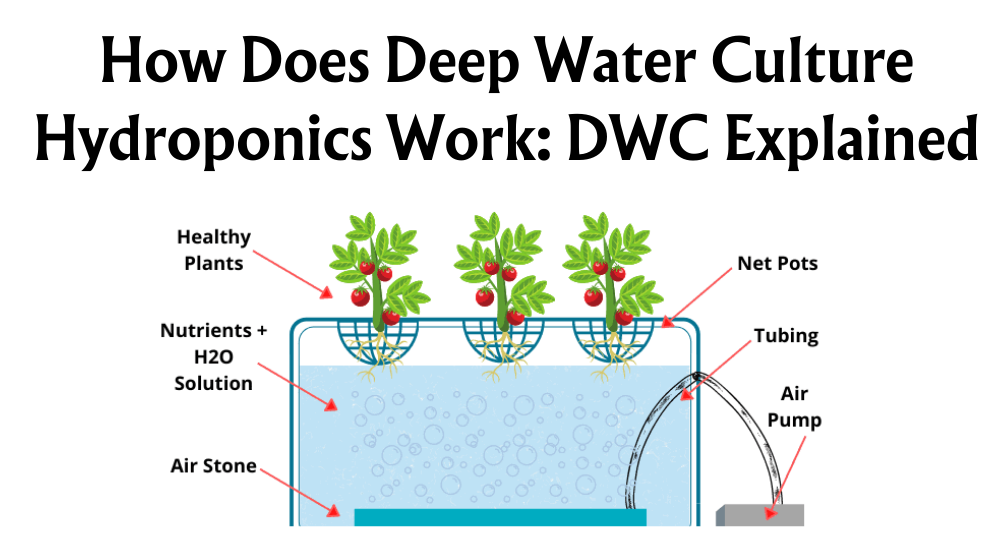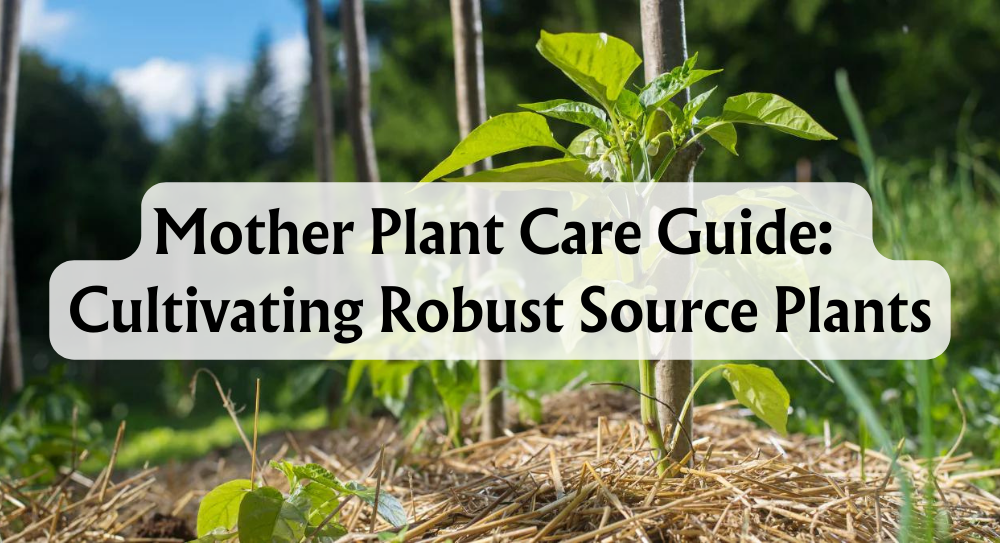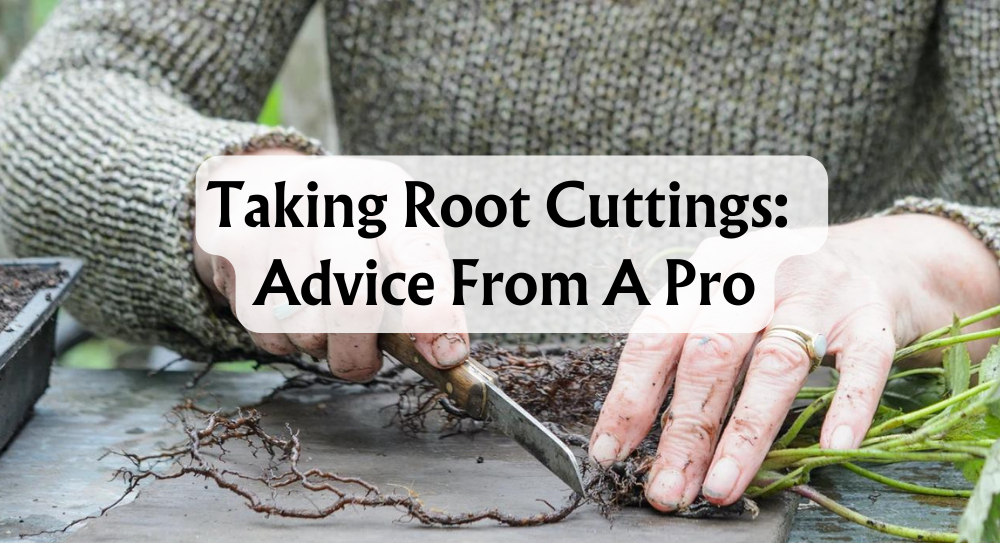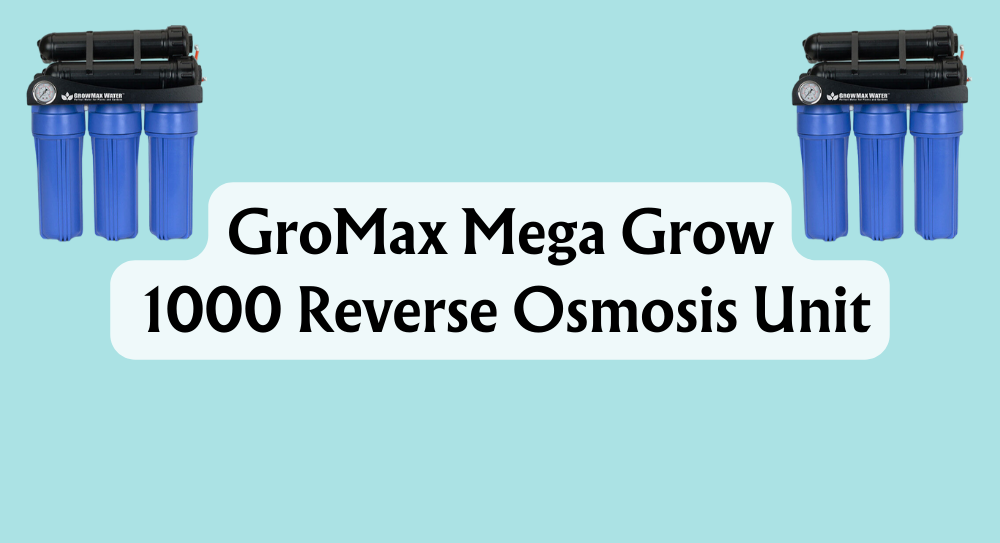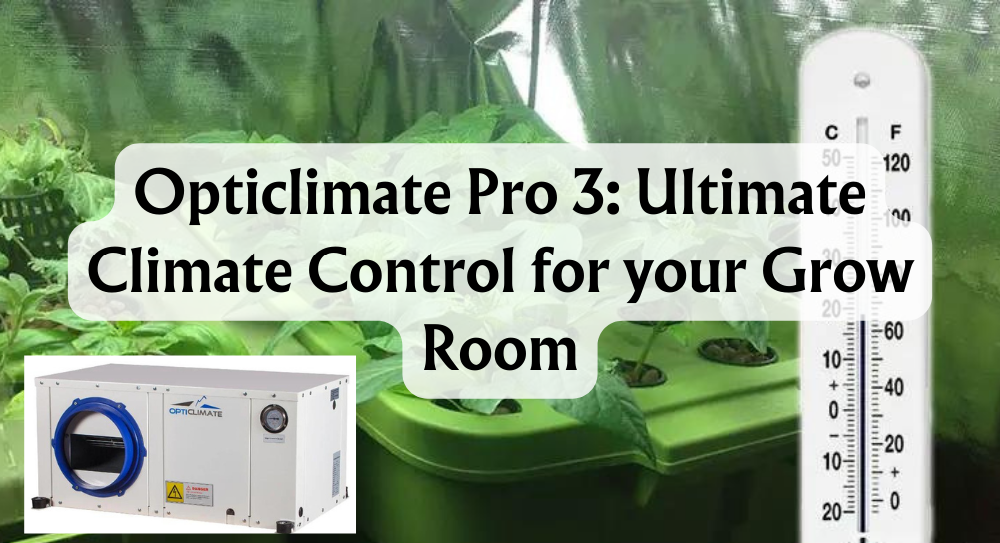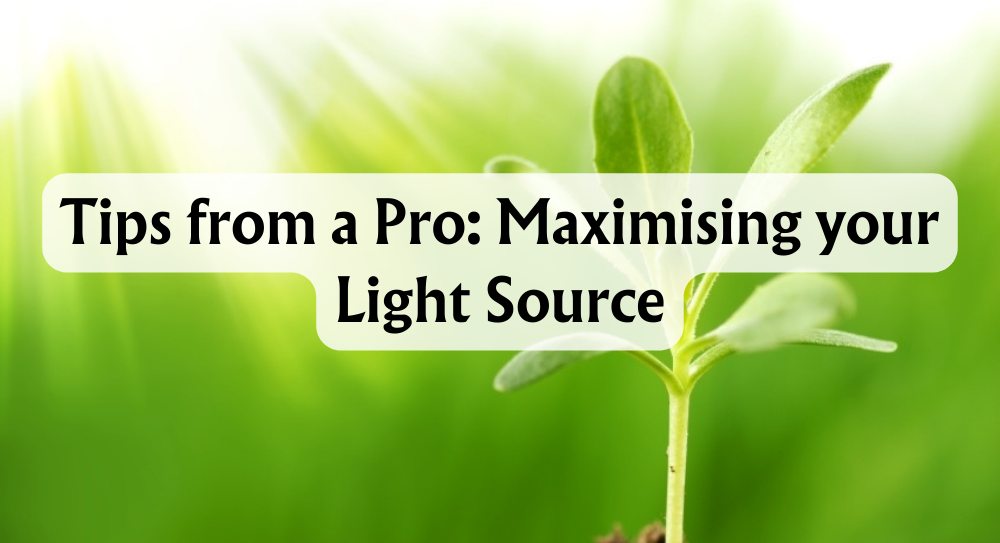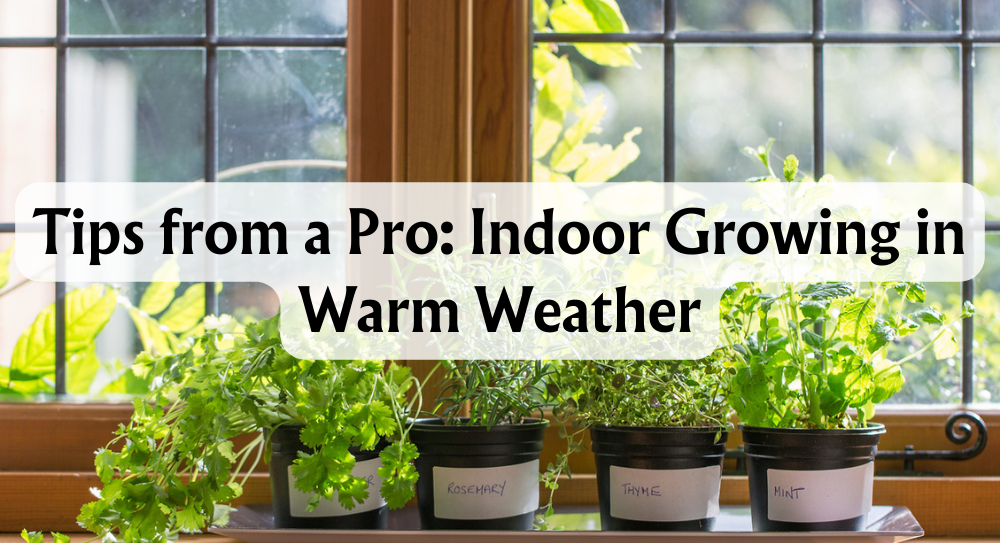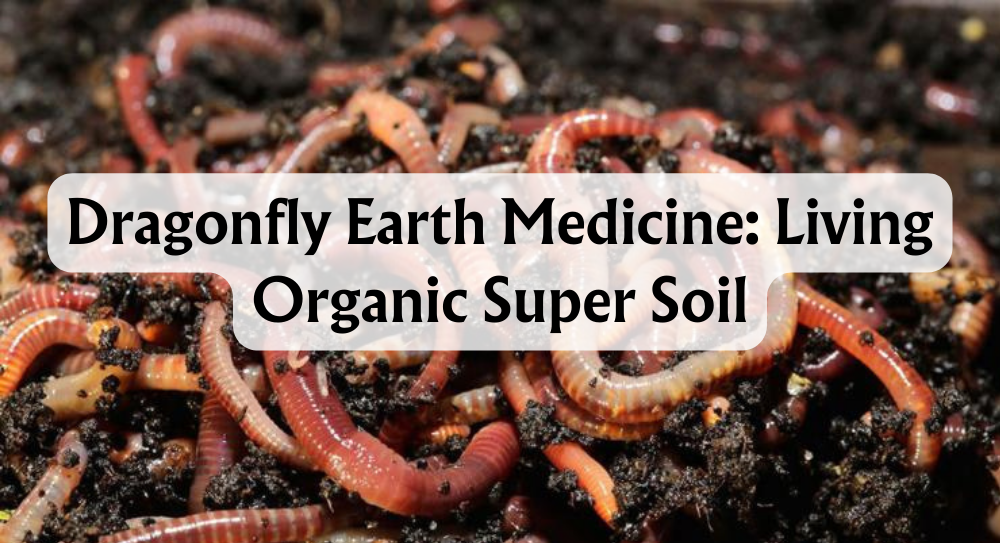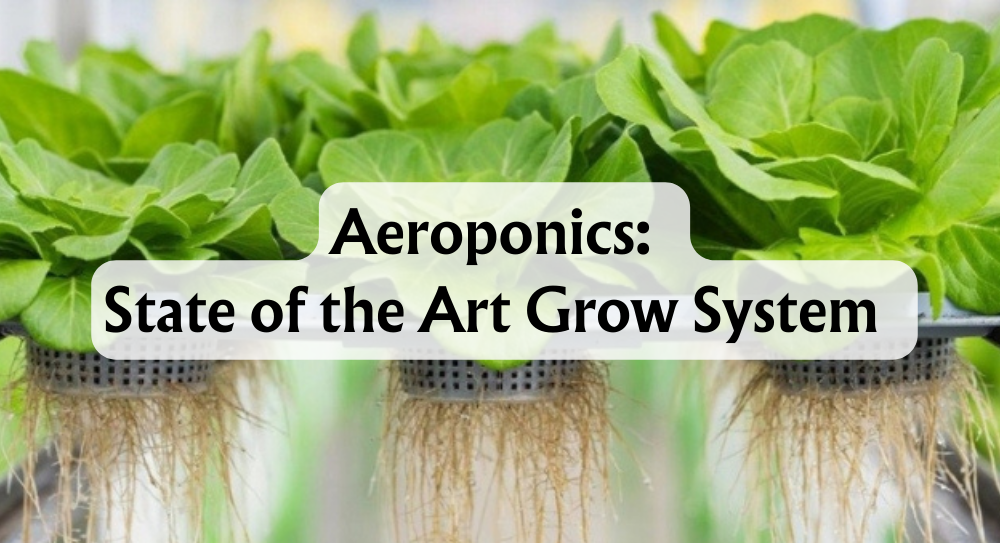Springtails are tiny, moisture-loving pests that can become a significant nuisance in hydroponic systems. These small insects thrive in wet environments, making hydroponic setups an ideal habitat. Their presence can disrupt the balance within your indoor garden by competing with plant roots for nutrients and potentially affecting overall plant health. Eliminating springtails can prevent these problems and maintain the integrity of your hydroponic system.
We have experienced the ups and downs of managing springtails in our own hydroponic setups. Through careful observation and effective strategies, we've learned how to address these pests without causing harm to our plants. Our approach combines prevention, identification, and active control measures to ensure springtail populations are kept at bay.
In this article, we share valuable insights and techniques that hydroponic growers can use to manage springtail infestations. From identifying their characteristic jumping behaviour to implementing reliable control methods, we provide you with practical solutions to keep your hydroponic garden thriving.
Key Takeaways
- Springtails are pests that thrive in hydroponic systems.
- Identify them by their unique jumping behaviour.
- Implement control measures to protect your plants.
What Are Springtails
Springtails are intriguing creatures often mistaken for insects. They are actually hexapods, which distinguishes them from true insects. These tiny creatures range in size from 0.2 to 2 millimetres and have a unique ability to jump, thanks to a specialised forked appendage on their abdomen known as a furcula.
These hexapods typically appear in shades of white, grey, or black. Their mouthparts are adapted for diverse diets, either biting and chewing organic material or piercing and sucking on decaying matter. Interestingly, there are approximately 1,500 species of springtails worldwide, with a notable diversity present in North America.
Springtails thrive in damp habitats and prefer areas rich in decaying organic matter. They often make their home in soil, particularly where it's moist, such as indoor planters and hydroponic systems. Their diet is comprised primarily of decaying organic matter, which includes molds, fungi, and algae.
By feeding on these materials, springtails play a beneficial role in the decomposition process, aiding in the recycling of nutrients. Despite often being considered pests, they usually cause little harm to healthy plants but can be troublesome when their populations become too large. Understanding springtails helps us better manage their presence in our hydroponic systems.
How To Identify Springtails
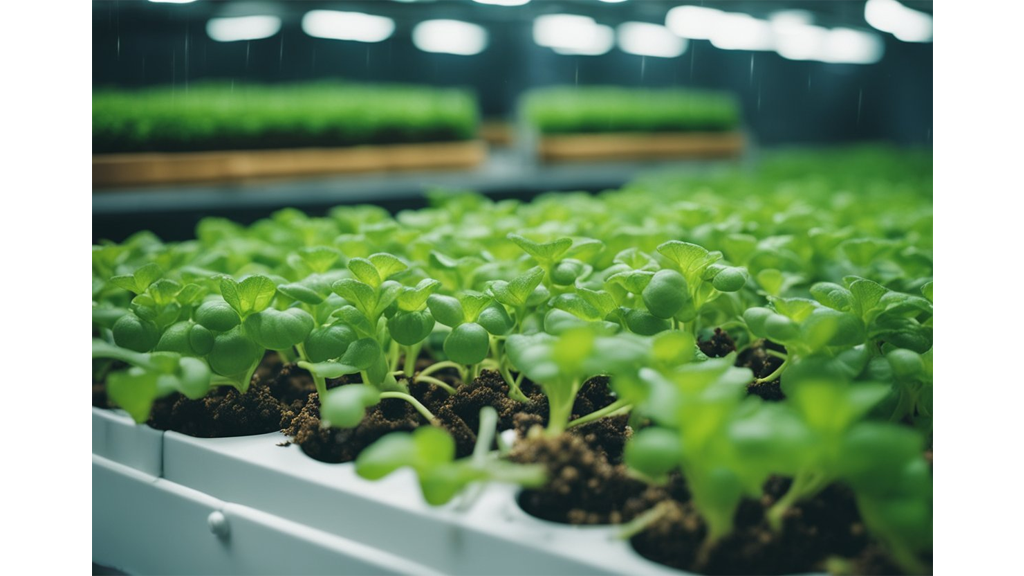
Springtails are tiny creatures, difficult to spot with the naked eye due to their small size, generally about one to two millimetres long. Yet, when they become active and jump, they are more noticeable. These little pests can jump up to 100 times their body length using a special appendage.
Their distinctive behaviour is characterised by the use of a forked appendage called the furcula, located underneath their abdomen. This acts like a spring mechanism, flinging them into the air when triggered. It’s quite a fascinating defence tactic, allowing them to escape from perceived threats.
We often see springtails clustered together, forming swarms that can resemble tiny balls or patches of fabric. This tendency to gather is a clear sign of springtail infestations, particularly in moist environments where they thrive.
Visually, springtails come in a variety of colours, including white, brown, black, and grey. These colours make them hard to distinguish from the soil or hydroponic mediums where they often live. Recognising these assorted hues can be helpful for early detection.
If we notice sudden jumping motions in the growing area, it's time to take a closer look. Observing their collective behaviour and jumping capabilities can help us identify springtail infestations and address any potential pest infestation issues efficiently.
What Do Springtails Do To Plants?
Springtails are tiny insects often seen in hydroponic systems and soil-based setups. They generally feed on fungi, algae, and decaying organic matter. However, they can turn their attention to living plant material, especially roots.
Many plants are at risk, including lettuce, spinach, basil, and mint. When springtails chew on the roots and moist plant matter, it can lead to several issues. Root damage can cause symptoms like leaf yellowing and stunted growth.
In a hydroponic setup, springtails may also contaminate the water and nutrients. This contamination can disrupt plant development and reduce hardiness. This is particularly problematic as hydroponics relies on the precise balance of nutrients for healthy plant growth.
While often just a nuisance, springtail infestations can become serious. The damage they inflict, if unchecked, may diminish the plant’s vitality and eventually cause it to die. Regular monitoring and preventative measures can help keep these tiny pests at bay.
How To Prevent Springtails
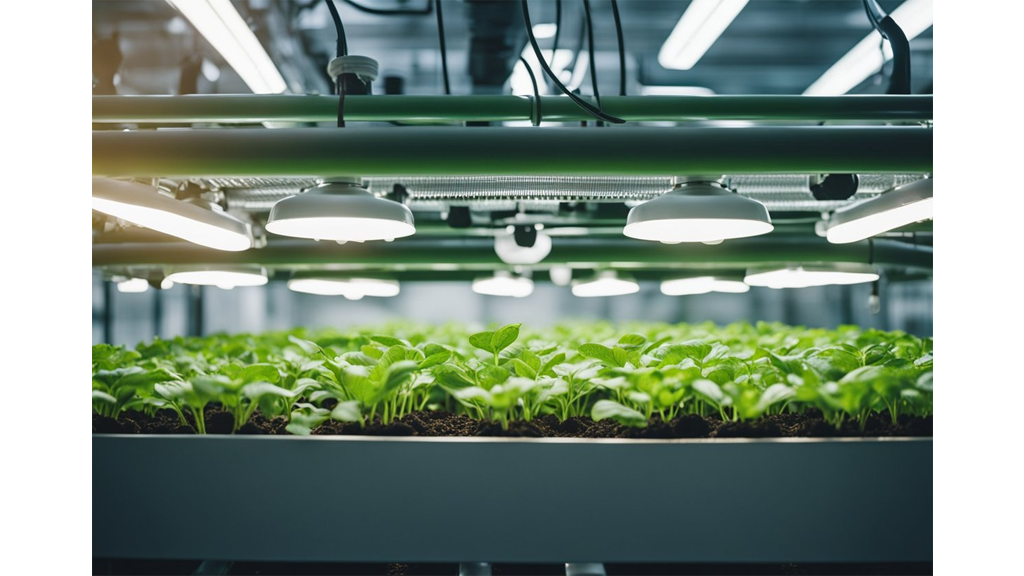
To keep springtails out of our hydroponic setups, it's essential to manage moisture effectively. Avoid excess humidity by ensuring good air circulation and proper ventilation. This helps to prevent the damp conditions these pests thrive in.
Regularly inspect for leaks and repair any damaged drain pipes promptly to avoid standing water, a favourite breeding ground for springtails.
Incorporating diatomaceous earth is a handy trick. This natural powder dehydrates and kills springtails on contact. Sprinkle it around plants and in areas prone to infestation for added protection.
It’s crucial to keep our growing environment clean. Remove any decaying organic matter, such as dead leaves or roots, from the system. This organic debris is not only unsightly but also attracts springtails.
Regular cleaning and sterilisation of equipment, including pots, trays, reservoirs, and pumps, play a significant role in prevention. Ensure everything is spotless to reduce infestations.
Let's be proactive. Regular inspections of plants and systems help detect any signs of springtail presence early. By catching an infestation before it begins, we can address the issue swiftly and effectively.
Finally, let's seal our indoor growing spaces. Adjusting temperature, lighting, and humidity in our grow rooms supports a healthy environment that discourages these pests. By following these steps, we create a thriving, springtail-free hydroponic system.
How To Control Springtails
Controlling springtails in hydroponic systems requires a few organic methods that are both effective and eco-friendly. Let's explore some strategies to manage these pesky pests.
1. Neem Oil
Neem oil, derived from the seeds of the neem tree, is a popular natural remedy. It's effective in repelling and killing springtails. We can mix a few millilitres of neem oil with water and spray it on affected areas.
2. Beneficial Nematodes
Beneficial nematodes are microscopic worms that help control springtail populations by parasitising them. These nematodes search for springtail larvae and eliminate them from our hydroponic setup.
3. Insecticidal Soap
Insecticidal soap is a simple, yet powerful option. By applying the soap, we can suffocate and kill springtails present on plants and in the soil. Ensure the soap is thoroughly diluted to avoid harming plants.
4. Sticky Traps
Sticky traps are another fantastic way to monitor and reduce springtail numbers. These glue-based traps capture springtails as they move through the growing area, helping us identify infestation levels while reducing their numbers.
5. Azamax and Integrated Pest Management
Azamax is a neem-based product that can be integrated into our pest control routine. Incorporating Integrated Pest Management (IPM) principles allows us to manage springtail populations effectively, combining natural methods with regular monitoring.
By applying these strategies, we can maintain a healthier hydroponic environment while keeping springtails under control.
Eliminating Springtails
Pros and Cons
Effectiveness: These methods are highly effective, often showing immediate results.
Cost: We might find chemical treatments more expensive than natural methods, but they often require fewer applications.
Safety: Although effective, these chemicals must be handled with care. It's crucial to follow the instructions to ensure they are safe for us and our plants.
Environmental Impact: While some products are more eco-friendly, many still pose risks to local ecosystems. It's vital to consider their impact carefully.
In our battle against springtails, these chemical solutions offer robust and targeted options to keep our hydroponic systems thriving.
Conclusion
We know maintaining a pest-free environment in hydroponic systems is vital for plant health and overall productivity. Springtails thrive in moist conditions, making hydroponics particularly attractive. Keeping these pests out ensures a healthier and more fruitful growing experience.
Regular inspections help catch springtails early. Observing soil and plant behaviour gives us a heads-up on potential infestations. We should focus on areas like the edges of the grow tank or exposed roots, where they often cluster.
Here are some tips to get started:
- Moisture Control: Adjust humidity levels.
- Regular Checks: Inspect plants and soil frequently.
- Physical Removal: Consider periodic manual removal in high-risk areas.
For further reading, we recommend checking detailed guides on pest management in hydroponics. Resources from gardening centres or learning platforms, such as the Hydrobuilder Learning Centre, can be a valuable help.
Thank you for taking the time to read our article. We appreciate your interest and invite you to share any feedback or questions you might have. Your input helps us provide better content for everyone.







 Store Locator
Store Locator
